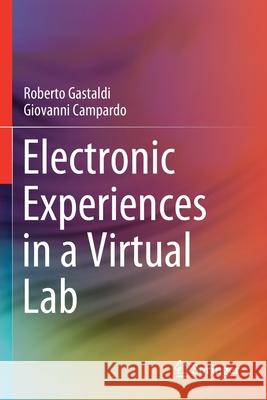Electronic Experiences in a Virtual Lab » książka
topmenu
Electronic Experiences in a Virtual Lab
ISBN-13: 9783030451813 / Angielski / Miękka / 2021 / 218 str.
Electronic Experiences in a Virtual Lab
ISBN-13: 9783030451813 / Angielski / Miękka / 2021 / 218 str.
cena 401,58
(netto: 382,46 VAT: 5%)
Najniższa cena z 30 dni: 385,52
(netto: 382,46 VAT: 5%)
Najniższa cena z 30 dni: 385,52
Termin realizacji zamówienia:
ok. 22 dni roboczych.
ok. 22 dni roboczych.
Darmowa dostawa!
Kategorie:
Kategorie BISAC:
Wydawca:
Springer
Język:
Angielski
ISBN-13:
9783030451813
Rok wydania:
2021
Wydanie:
2020
Ilość stron:
218
Waga:
0.34 kg
Wymiary:
23.39 x 15.6 x 1.27
Oprawa:
Miękka
Wolumenów:
01
Dodatkowe informacje:
Wydanie ilustrowane











